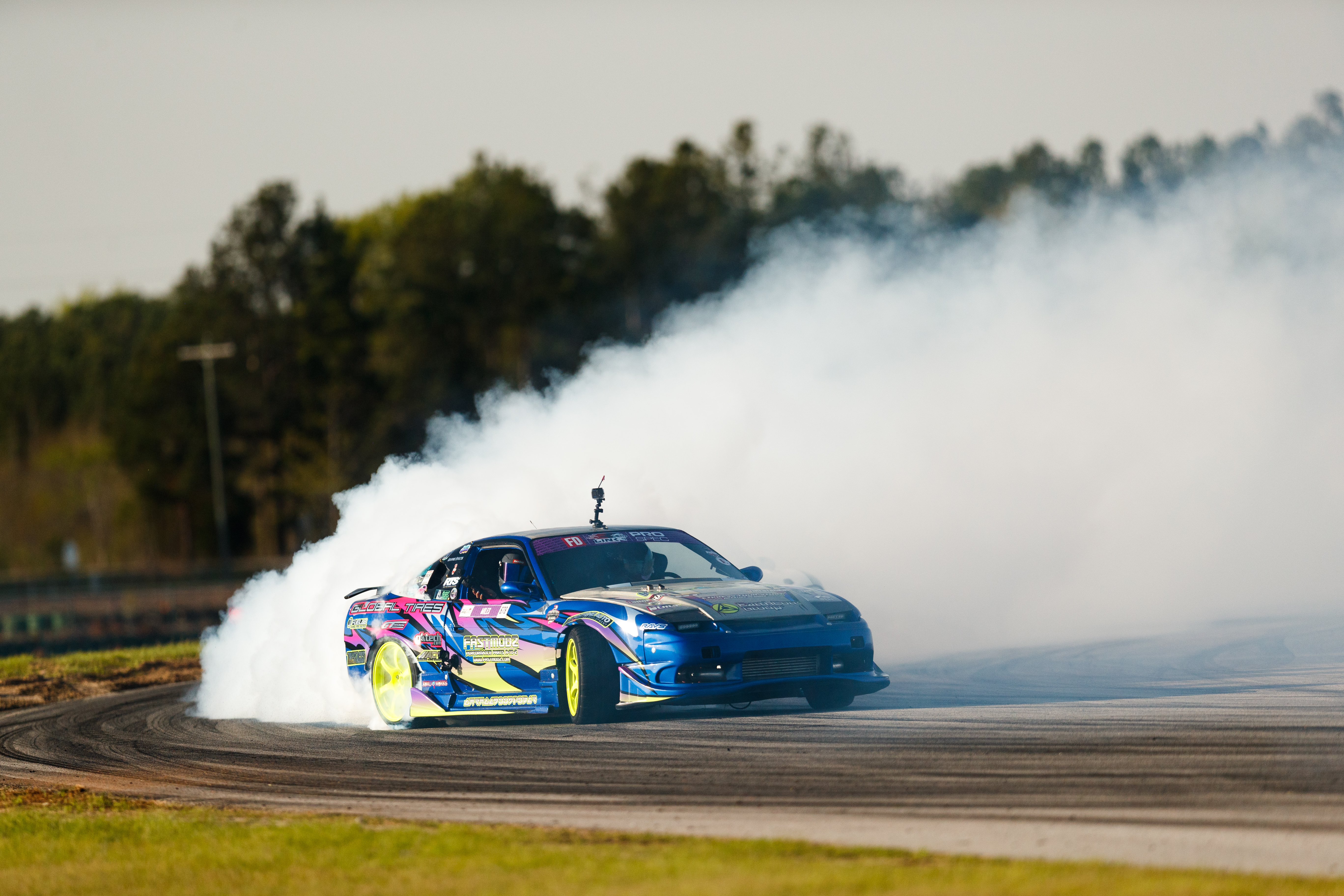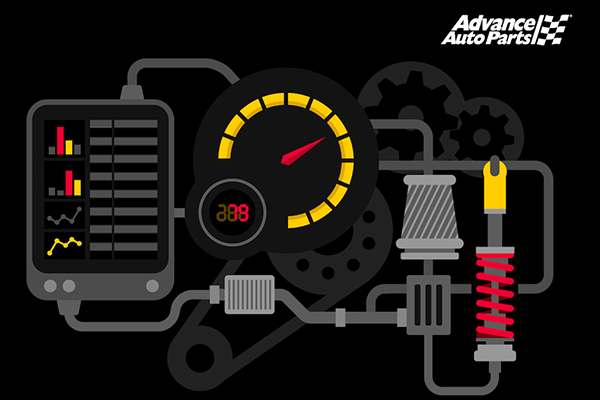Want to add a massive performance boost for not a lot of cash? Since the early hot-rod days of the 1950s, racers have used nitrous oxide to safely and effectively increase performance. Despite how it goes for Paul Walker in The Fast & the Furious movies, you shouldn't just go out and buy “two of 'em—the big ones" and have them installed “by tonight." Here's what you need to know about nitrous oxide.

Source | Alessio Lin
What is Nitrous Oxide?
Google will tell you that at room temperature, nitrous oxide is a chemical compound that is colorless and odorless in the form of a non-flammable gas. The interesting part for us is how it has a very powerful oxidizing effect that breaks down the compound at high temps, which significantly increases the amount of oxygen entering an engine, thus increasing the power output of everything from rocket motors to racing engines. The chemical reaction also has a cooling effect on the air charge, making the air denser and further increasing the horsepower potential.
“Nitrous is the least expensive power adder you can put on your motor," says Keith Sullivan, of Speedtek Performance in Haltom City, Texas. With over 30 years of installing performance parts, Speedtek knows a thing or two about nitrous.
“A nitrous system is actually oxygen you're injecting into the motor, along with additional fuel. So in a way, it acts like a supercharger because it's boosting the combustion chamber pressures." Nitrous users notice a huge increase in torque and liken the experience to driving a vehicle with an engine that's twice as big. Street kits usually add between 50 and 250 horsepower, for as little as $500. When properly installed, nitrous is the best horsepower-per-dollar investment you can make to go faster.

Source | Grasso Luigi
How Nitrous Works
Let's say you're at the drag strip in your Dodge Charger. You have a 10-pound bottle of nitrous oxide mounted in the trunk and plumbed to the engine by a high pressure line. When you flip the arming switch in the car, voltage is available to the nitrous system, including an easy-to-reach activation switch (think Nic Cage's “Go Baby Go" button in "Gone in 60 Seconds"). Foot to the floorboard, your throttle reaches wide open, and the solenoids trigger, flowing liquid nitrous from the bottle to jets in the intake manifold. The fuel pump flows extra fuel at the same time, and the nitrous mixes with the fuel and oxidizes it, creating an extra 50 to 150+ hp. The nitrous system can be “dry," meaning the nozzle injects only nitrous, and the fuel injectors handle additional fuel demands, or a “wet" system, where the nozzles spray nitrous and fuel simultaneously.
Is Nitrous Safe?
“So when you're injecting nitrous, you gotta make sure you match that with the correct amount of fuel," Sullivan says. “If you don't, you'll lean the motor out, and you'll burn it up. So you've gotta have an adequate fuel system for not only the motor demands but also the nitrous demands."
Rather than the questionable warning of “You're gonna blow the welds on your intake" found in movies, the improper use of nitrous can damage pistons, bend connecting rods, and even destroy a crankshaft. You do have to use it responsibly. Sullivan said fuel-safety precautions are the best way to ensure safety when using nitrous. With the right safety equipment, nitrous is as safe as a supercharger or turbocharger.
Here are a few precautions and nitrous accessories you can use to make sure you're using nitrous safely:
- The fuel-pressure safety switch prevents the nitrous from activating if the fuel pressure is below a safe level.
- A wide-open throttle switch prevents the nitrous from activating when you aren't 100% in it. If you launch at the track but lose traction, getting off the throttle will deactivate the nitrous.
- RPM window switches only allow the nitrous to activate when above or below a certain RPM range. For example, the switch might open above 4,500 RPM and close at 7,500.
- A bottle warmer or blanket, as the nitrous is like Goldilocks and works best when not too cold or too hot. Temp affects bottle pressure, which affects flow rate, and that can change the air/fuel ratio.
- Use the highest-octane gas you can find, and maybe a bottle of octane booster, in order to prevent preignition “ping" or detonation. Detonation is something that will quickly do damage to pistons and valves.
- Buy one-step-colder spark plugs and gap them slightly smaller than factory specs. This makes it easier for the spark to jump the gap when under high pressure.

Source | Advance Auto Parts
Nitrous Kits
Your average nitrous kit consists of a nitrous bottle, mounting brackets, and hardware; high-pressure plumbing lines; fuel and nitrous jets; a nitrous filter; and various switches, solenoids, electrical connectors, and wiring. It sounds complete, but there's usually a bit more to it.
“There's almost no aftermarket parts that are 100% bolt on and go," says Sullivan. “Almost every kit is going to require some additional parts."
The universal nitrous kits will likely need additional wiring or plumbing to fit your vehicle and engine. A complete kit designed specifically for a popular high-performance vehicle, say a modern Camaro SS or Mustang GT, will be 99% complete but still might need some extra electrical connectors or adaptors.
Nitrous DIY vs. Pro Shop Installation
By now, you're probably looking at nitrous kits and wondering how difficult the install is to complete on your own.
“As long as you're good with wiring and a wrench, anyone can do it," Sullivan says. Despite the newbie-friendly design of the kits, you might consider having it professionally installed anyway. “A professional installer knows what they're looking for and will make sure the kit is set up correctly and everything's working. And we have a chassis dyno. Once we install the nitrous, we put it on the dyno and check it."
Just keep in mind that most states don't allow armed nitrous systems on the street, so play it safe and take it to the track, and check your local laws for more info.
How much does nitrous cost?
Nitrous Express lists in their FAQ that a 10-second run uses approximately 0.8 pounds of nitrous, which sells for a nationwide average of $3.50 to $5.00 per pound. That means one fill will last an entire night at the drag strip. Doing some math, filling a 10-pound bottle at your local performance shop might cost $50. When looking at an initial kit, purchase through Advance's online catalog, and you'll see some for as low as $400 and as high as $1,200+.
“Most kits start about $700 and up," says Sullivan. “And labor on installation runs about the same. There's a lot of options available that can increase the price. It's usually about a two- or three-day install." Don't have the cash on hand, but need it quickly for race season? PayPal Credit has you covered—you can get the kit now and make payments with zero interest for six months.
Looking into nitrous for the first time or have you been spraying for years? Let us know your advice or questions in the comments below.







